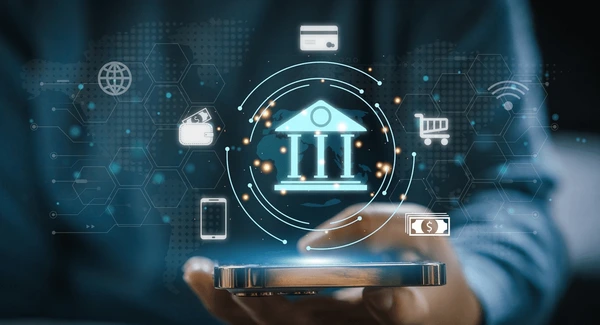Banks have been asking customers to use their voice data as an extra layer of biometric protection against fraud and cybercrime, but with the rise of hackers stealing a user’s voice/personal data and money–in addition to leaks that sometimes compromise information–this option may come with a great risk.
Customers have the option of calling their bank’s customer service and asking to opt out of voice authentication, but there are other measures that they can take to keep their data and information generally safer from cybercriminals.
Cyber scammers have been known to plant fake numbers in banks’ search results, USA Today reported, so try to avoid just Googling the name of the bank and calling that number. Rather, go directly to your bank’s website or call the number on the back of your debit or credit card.
Using strong and unique passwords, enabling two-factor authentication, not banking on public Wi-Fi, and regularly monitoring your accounts are all simple and accessible ways to protect your financial data. If you want to take further action, you can call or pay a visit to your local bank branch and ask if they offer extra security features.
These might include secure keys, physical or digital devices that generate one-time passcodes which are only good for 30 seconds for safer online banking; banking alerts, text or email notifications you can set up as verification for real-time account activities, such as large transactions or account changes; account lockout features, an option to automatically lock your account after a certain number of failed online login attempts; and advanced access, enhanced security for certain activities using additional verification steps, such as a one-time passcode during every login.
Other measures you can take are using an authenticator app that redirects you to verify your identity before logging into your bank, and using biometrics (Face ID or fingerprint scan) as an additional verifier.
More tips on digital banking and how to keep your information and money safe from cybercriminals and data leaks are available here.












